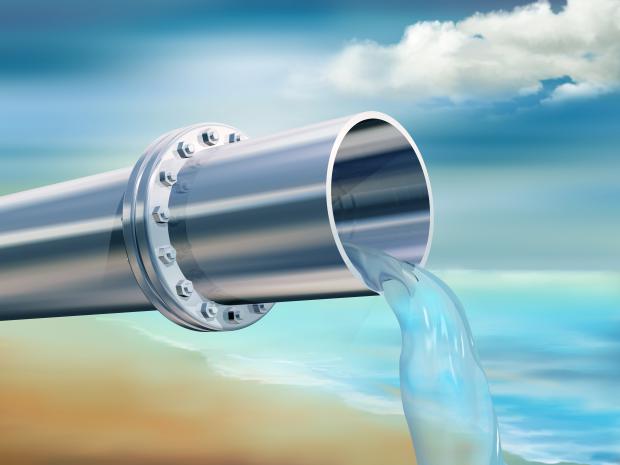
Breaking News
 Six men are making AI decisions for 8 billion people
Six men are making AI decisions for 8 billion people
 Making a Killing: FULL DOCUMENTARY FILM
Making a Killing: FULL DOCUMENTARY FILM
 Rockefeller Foundation Partners With MrBeast To Target Youth With "Next-Gen" Propaganda
Rockefeller Foundation Partners With MrBeast To Target Youth With "Next-Gen" Propaganda
Top Tech News
 Build a Greenhouse HEATER that Lasts 10-15 DAYS!
Build a Greenhouse HEATER that Lasts 10-15 DAYS!
 Look at the genius idea he came up with using this tank that nobody wanted
Look at the genius idea he came up with using this tank that nobody wanted
 Latest Comet 3I Atlas Anomolies Like the Impossible 600,000 Mile Long Sunward Tail
Latest Comet 3I Atlas Anomolies Like the Impossible 600,000 Mile Long Sunward Tail
 Tesla Just Opened Its Biggest Supercharger Station Ever--And It's Powered By Solar And Batteries
Tesla Just Opened Its Biggest Supercharger Station Ever--And It's Powered By Solar And Batteries
 Your body already knows how to regrow limbs. We just haven't figured out how to turn it on yet.
Your body already knows how to regrow limbs. We just haven't figured out how to turn it on yet.
 We've wiretapped the gut-brain hotline to decode signals driving disease
We've wiretapped the gut-brain hotline to decode signals driving disease
 3D-printable concrete alternative hardens in three days, not four weeks
3D-printable concrete alternative hardens in three days, not four weeks
 Could satellite-beaming planes and airships make SpaceX's Starlink obsolete?
Could satellite-beaming planes and airships make SpaceX's Starlink obsolete?
Low-power desalination tech may provide drinking water at disaster sites

That's where a new system may someday come in, as it utilizes just a small amount of electricity – which could be stored in a battery – to desalinate seawater for drinking.
Currently, reverse osmosis in the most commonly used method of desalination. In a nutshell, it works by forcing seawater through a permeable membrane that allows water molecules to pass through, but not salt (sodium chloride) molecules. It's an effective process, but it also requires a considerable amount of power in order to generate the required water-pushing pressure. Additionally, the membranes eventually get clogged with captured salt, and have to be replaced.
Developed by scientists from the UK's Universities of Bath, Swansea and Edinburgh, an experimental new system doesn't utilize pressure at all. Instead, it incorporates a vessel with a positively charged electrode at one end, a negatively charged electrode at the other, and a porous membrane between them.
When seawater is placed inside, the positively charged sodium ions in the salt molecules are drawn to the negatively charged electrode, while the negatively charged chloride ions are drawn to the positively charged electrode.
As the chloride ions pass through the membrane while moving toward the positive electrode, they also push water (H2O) molecules through that membrane. The sodium ions remain on the original side of the membrane, as they're attracted to the negative electrode.
The chloride ions are then circulated back to that side, so they can move more water molecules across. Eventually, most the water ends up on the positive-electrode side of the membrane, completely salt-free.
So far, the system has only been tested on a few milliliters of water at a time. The researchers are thus looking for partners to help develop the technology up to the point that it can process one liter of water, so they can get a better sense of how much power a practical system would require.

 Defend yourself like a pro
Defend yourself like a pro First totally synthetic human brain model has been realized
First totally synthetic human brain model has been realized Mach-23 potato gun to shoot satellites into space
Mach-23 potato gun to shoot satellites into space

